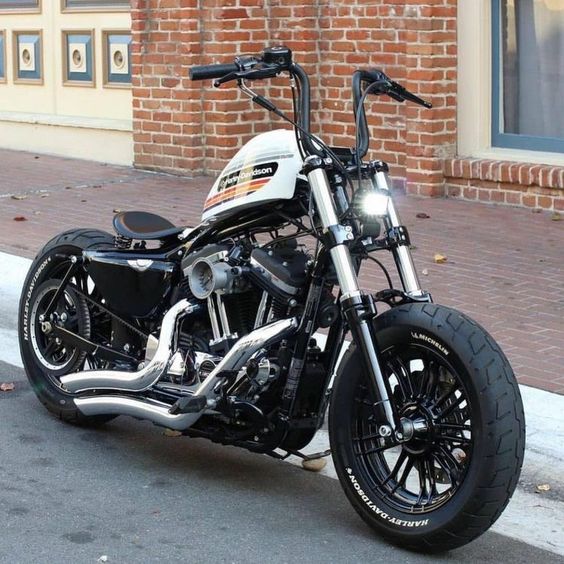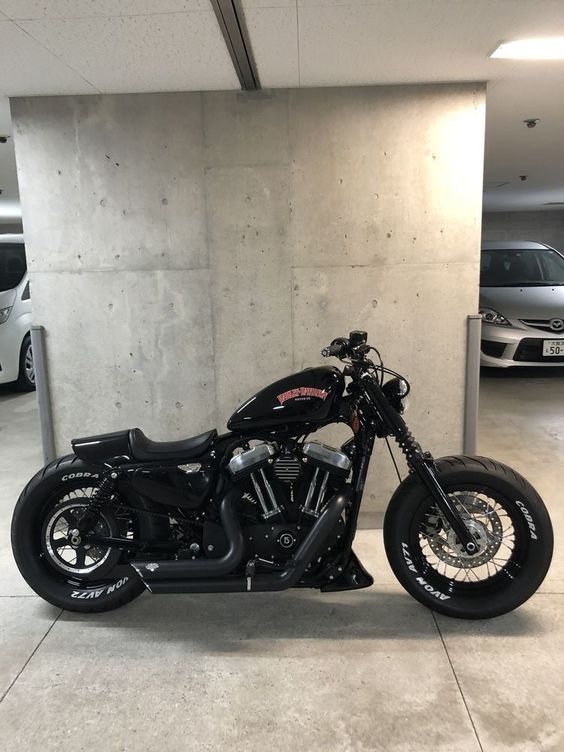The freedom of the open road, the exhilarating rush of the wind, the unique sense of connection to your machine – these are just some of the reasons why motorcycles hold such allure for many. But for those who’ve never ridden before, a crucial question arises: how hard is it to learn to ride a motorcycle?
The answer, like most things in life, isn’t a simple yes or no. Learning to ride a motorcycle presents a challenge, but with dedication, proper instruction, and a healthy dose of respect for the power of two wheels, it’s a challenge that most people can overcome.
This comprehensive guide will explore the factors that influence the difficulty of learning to ride a motorcycle, offer tips for beginners, and provide resources to help you embark on your motorcycle journey.
Factors Affecting the Difficulty of Learning to Ride
Several factors can influence the difficulty of learning to ride a motorcycle:

- Prior experience: Having experience with bicycles, mopeds, or even dirt bikes can provide a solid foundation for learning to ride a motorcycle. Familiarity with balance, throttle control, and maneuvering can significantly shorten the learning curve.
- Physical fitness: While you don’t need to be a bodybuilder, a basic level of physical fitness can make learning to ride a motorcycle easier. Strength and coordination are essential for handling the weight of the motorcycle, maintaining balance, and operating the controls.
- Balance: Balancing a motorcycle is a key skill, and some people may find it more challenging than others. However, balance can be learned and improved with practice.
- Learning style: Some learners thrive in structured environments like motorcycle safety courses, while others prefer a more hands-on approach. Identifying your learning style can help you choose the most effective method for mastering motorcycle skills.
- Attitude and mindset: Approaching motorcycle learning with a positive attitude, a willingness to learn, and a healthy dose of respect for the potential risks is crucial for success.
Is Motorcycle Riding Harder Than Driving a Car?
Many people wonder how learning to ride a motorcycle compares to driving a car. Here’s a breakdown of some key differences:

- Balance: Motorcycles require constant balance, unlike cars. This can be a significant hurdle for new riders, but it becomes second nature with practice.
- Controls: Motorcycles have fewer controls than cars, but mastering clutch control, gear shifting, and throttle coordination takes time and practice.
- Vulnerability: Motorcycles offer less protection than cars in an accident. This emphasizes the importance of safe riding practices and wearing proper safety gear.
While there’s a learning curve involved, many people find that once they master the basics, motorcycle riding can be more intuitive and enjoyable than driving a car. The feeling of connection to the road and the direct control over the machine contribute to the unique appeal of motorcycling.
Breaking Down the Learning Process: Essential Skills for New Riders
Learning to ride a motorcycle can be broken down into several key skills:
- Balance and Control: Mastering balance is paramount. This involves getting comfortable with the motorcycle’s weight, using your body position for steering, and understanding how to maintain balance at slow speeds.
- Clutch Control: Coordinating the clutch lever with smooth throttle application is essential for smooth gear changes and maintaining control.
- Gear Shifting: Learning to operate the gearshift and smoothly changing gears while riding is a crucial skill.

- Braking: Understanding proper braking techniques, including front and rear brake application, is vital for safe riding.
- Turning and Maneuvering: Learning how to turn corners smoothly and safely takes practice and an understanding of weight transfer and body positioning.
- Road Awareness: New riders need to develop a heightened sense of awareness of their surroundings, including other vehicles, road conditions, and potential hazards.
Tips for Beginners: Embarking on Your Motorcycle Journey
Here are some valuable tips to help you start your motorcycle riding journey on the right foot:
- Take a Motorcycle Safety Course: Enrolling in a motorcycle safety course offered by a reputable organization is the best way to learn the fundamentals of safe riding in a controlled environment. These courses typically cover everything from basic controls to braking techniques and road safety.
- Invest in Proper Gear: Wearing a DOT-approved helmet, protective clothing like a motorcycle jacket and pants, sturdy gloves, and motorcycle boots is essential for your safety. Don’t skimp on gear – it could save your life in case of an accident.
- Start on a Small Motorcycle: Beginners are better off learning on a smaller, lighter motorcycle that’s easier to handle. As your skills and confidence grow, you can graduate to a larger bike.
- Find a Safe Practice Area: Look for a large, empty parking lot or open space to
- practice your motorcycle riding skills away from traffic. This allows you to focus on mastering the basics without the added pressure of navigating busy roads.

- Be Patient and Persistent: Learning to ride a motorcycle takes time and practice. Don’t get discouraged if you don’t master things overnight. Be patient with yourself, focus on steady progress, and celebrate your achievements along the way.
- Ride with Experienced Riders (Optional): If possible, find experienced riders who can mentor you and offer guidance as you practice. Their insights and tips can be invaluable for developing your skills and confidence.
Resources for New Riders: Equipping Yourself for Success
The internet and your local community offer a wealth of resources to aid your motorcycle learning journey:
- Motorcycle Safety Organizations: Organizations like the Motorcycle Safety Foundation (MSF) offer motorcycle safety courses and educational resources for new riders.

- Online Tutorials and Forums: Numerous websites and online forums cater to new motorcycle riders. These platforms offer instructional content, tips, and a community for connecting with other riders.
- Motorcycle Magazines and Websites: Motorcycle publications and websites provide valuable information on everything from motorcycle maintenance to riding techniques and reviews of different motorcycles.
- Local Motorcycle Dealerships: Many motorcycle dealerships offer beginner rider programs or have experienced staff who can answer your questions and provide guidance.
The Untamed Freedom Awaits: Embrace the Ride
Learning to ride a motorcycle can be a rewarding and enriching experience. It opens up new avenues for exploration, a unique connection to the open road, and a sense of accomplishment as you master this exciting skill. While there’s a learning curve involved, with dedication, the right approach, and the resources outlined above, you’ll be cruising down the road with confidence in no time.